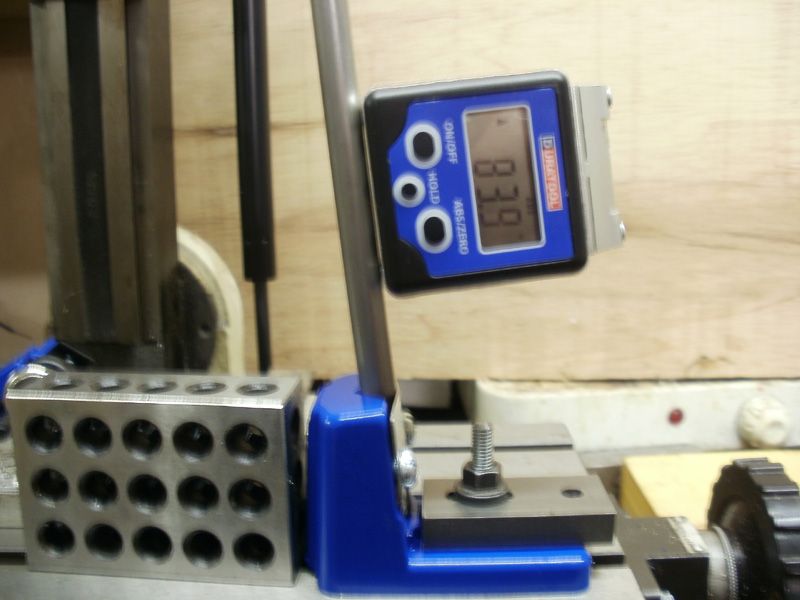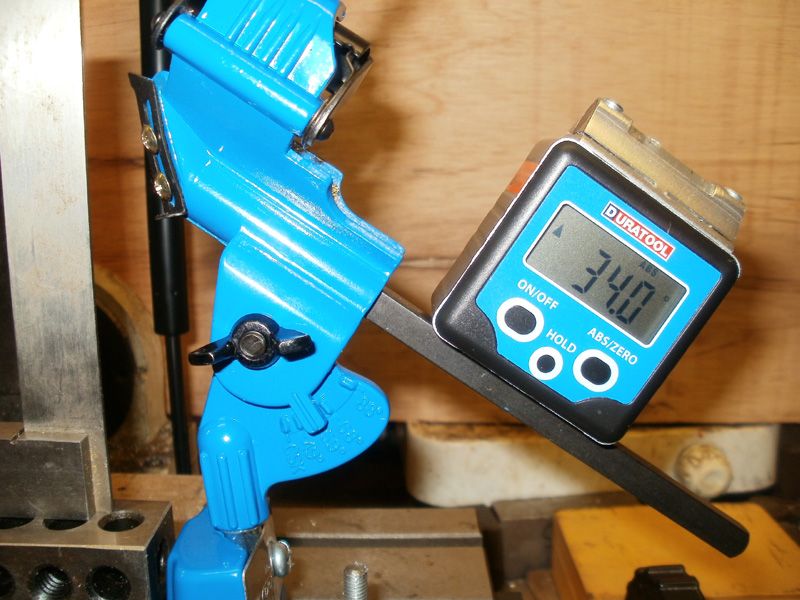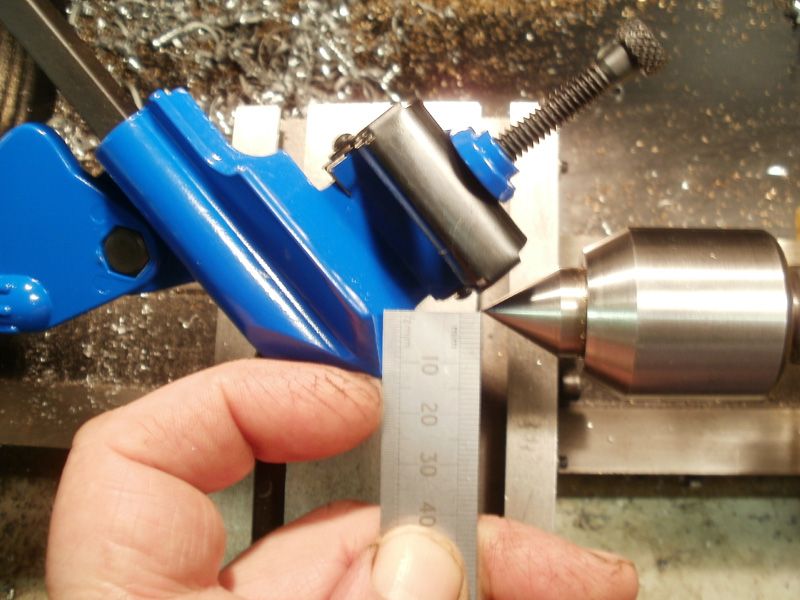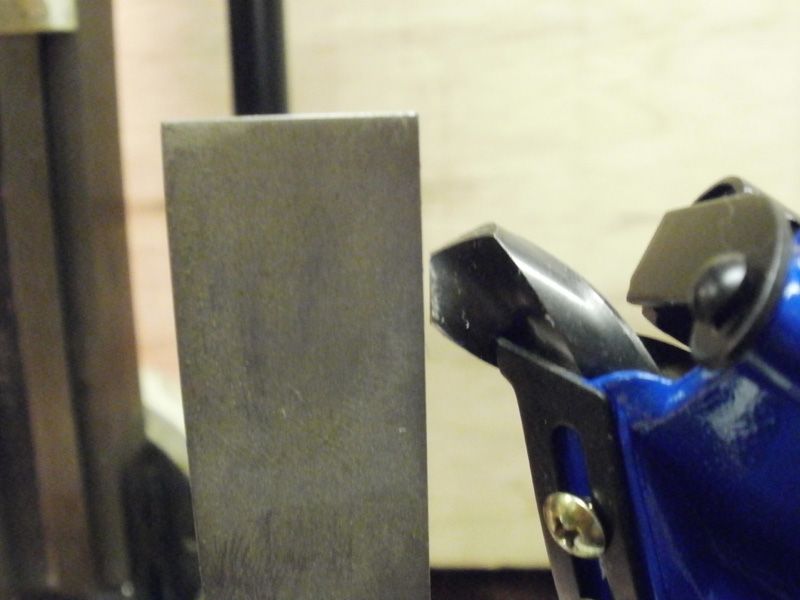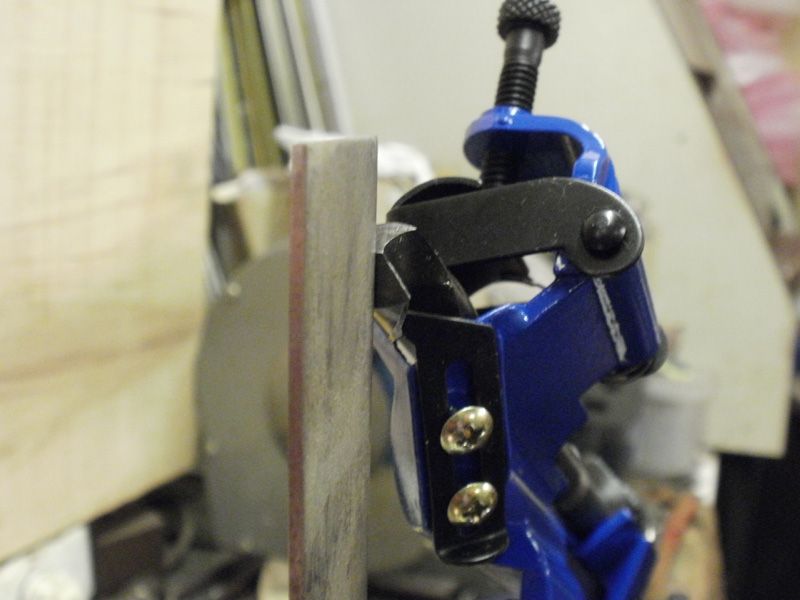Gordon,
Often times things that work, or should in theory don't and the opposite works in practice.
Inside a piano there are two extruded aluminium rails that all the action parts are screwed to. Its a quite complex shape in section view as are a lot of extrusions and the easiest way to extrude this is to use an alloy that contains a high percentage of treacle, or so it seems.
I think we have all come across this material where it's easier and cleaner to punch a hole thru than drill.
These had something like 160 holes drilled in them in a line on an automatic machine. The guys running these used to grind their own drills. If you used a normal drill or 4 facet it worked but you got a spelching or massive burr on the underside that wasn't acceptable because there was no second operation to clean up.
If you ran a wing and spur wood drill you got a brilliantly clean hole but the turnings were of such a shape that they just clogged everything up and broke the drill but it's a good trick to use at home for the odd holes in this soft alloy.
Over time they developed their own shape that gave a clean hole, no underside burrs, and the drills lasted.
Basically it was a swept point as is being discussed here but ground on a convex wheel, BTW we are only talking about 4.2mm drills here, which gave a concave shape to the drill.
Best way to describe it was if you held it up to the light it would look a gear cutter or the space between two teeth on a gear.
Now in my extensive reading of engineering books over the years and talking to people I have never seen that shape shown or mentioned, I'd even go as far as to say if you tried to teach this the theorists or theoretical terrorists would soon shout you down but it works.
Long – short is not everything is a correct in books for certain applications.
Graham Meek.


